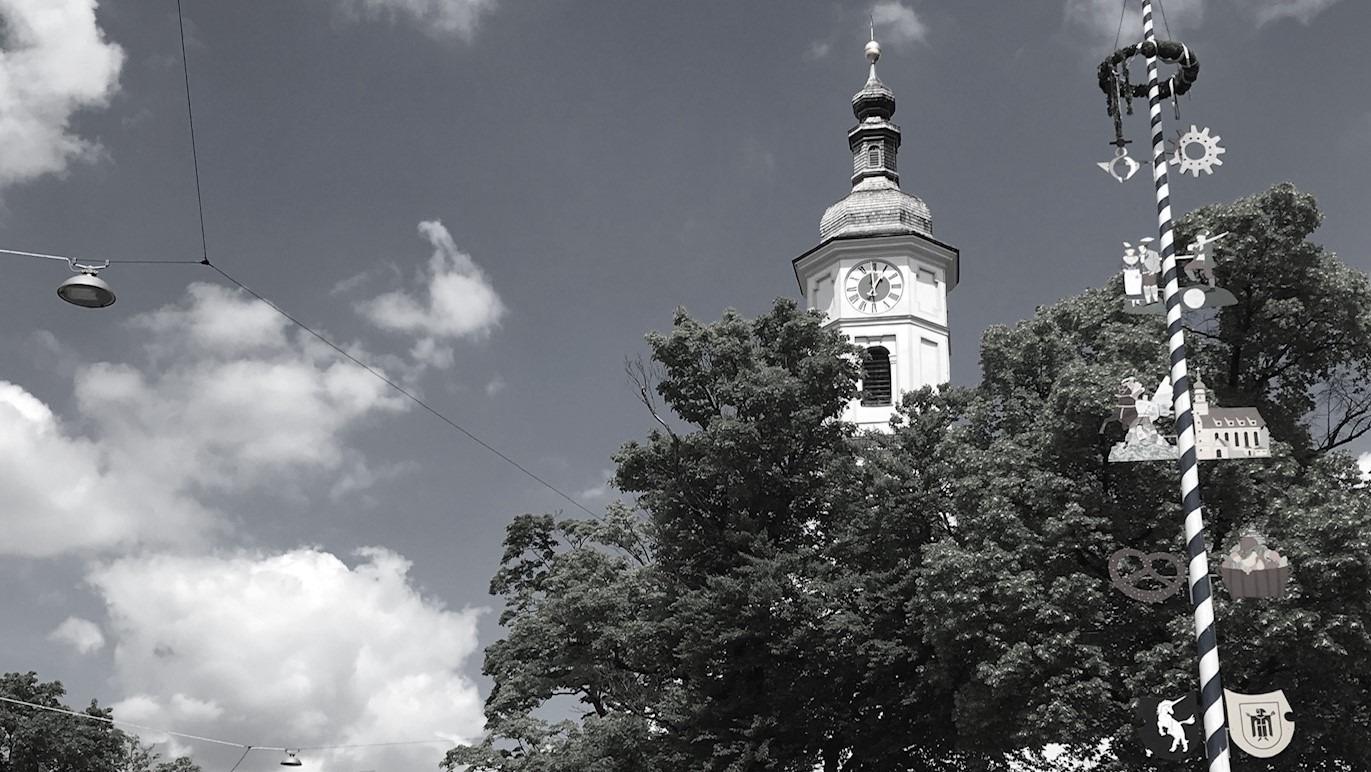Sendling – ehemaliges Arbeiterviertel im Süden Münchens
Der Stadtteil Sendling mit seinen rund 39.000 Bewohnern liegt im Münchner Süden und wird im Osten von der Isar begrenzt. Neben Mittersendling gibt es auch Unter- und Obersendling.

Benannt nach einem Germanenführer
Archäologischen Funden zufolge war das Gebiet schon während der Bronzezeit, vor etwa 4000 Jahren besiedelt. Im frühen Mittelalter ließ sich dort der Germanenführer Sendilo nieder, dessen Name in abgewandelter Form bis heute den Stadtbezirk bezeichnet.
Erstmals schriftlich erwähnte man Sendling im Jahr 1050. Nachdem Heinrich der Löwe 1158 München gründete, veränderte sich der Charakter des Dorfes. Denn wie in der nahegelegenen Stadt wuchs die Bevölkerung auch hier sehr schnell. Die heutige Lindwurmstraße verband damals Sendling mit München bis 1877 Unter- und Mittersendling und 1900 schließlich Obersendling eingemeindet wurden.
Viele Produktionsbetriebe ließen sich nieder
Durch die Industrialisierung entstanden ab Mitte des 19. Jahrhunderts viele Betriebe, wie etwa die Siemens AG. Dadurch wurden auch große Wohnblöcke errichtet, in denen die Arbeiter untergebracht werden konnten. 1912 eröffneten die Großmarkthallen. Doch der wirtschaftliche Aufschwung wurde durch den Ersten und Zweiten Weltkrieg vorübergehend gestoppt und zum Großteil zerstört. Viele Sendlinger verloren ihre Arbeit, wurden durch die Bombardierungen obdachlos und lebten in Barackenlagern.
Auch die Großmarkthallen waren nach dem Zweiten Weltkrieg so stark beschädigt, dass der Verkauf bis zum Wiederaufbau im Freien stattfinden musste. Heute sind die Hallen nach Paris und Mailand der drittgrößte Handelsplatz für Obst und Gemüse in Europa.
Einen Bauernhof gab es bis in die 1990er
Den Dorfkern mit der Alten Sendlinger Kirche und den alten Bauernhäusern gibt es immer noch. Der Stemmerhof auf dem Sendlinger Berg stammt aus dem 14. Jahrhundert und war bis in die 1990er Jahre der letzte noch existierende innerstädtische Bauernhof Münchens. Mittlerweile sind dort verschiedene Geschäfte und gastronomische Betriebe ansässig und es finden verschiedene kulturelle Veranstaltungen statt.
Ein sehr bekannter Sendlinger war der Akkordeonspieler Franzl Lang (1930 – 2015). Er galt als einer der erfolgreichsten Volksmusikanten und war Schauspieler in diversen Heimatfilmen. Von ihm stammt auch das berühmte Kufsteinlied.
Heute wohnen im dicht besiedelten Sendling hauptsächlich junge Leute, da die Mieten noch einigermaßen moderat geblieben sind. Den größten Freizeitwert bietet der Flaucher. Dieser Isarabschnitt, der nach dem Gasthaus „Zum Flaucher“ benannt wurde, lädt im Sommer zum Grillen und Baden ein.